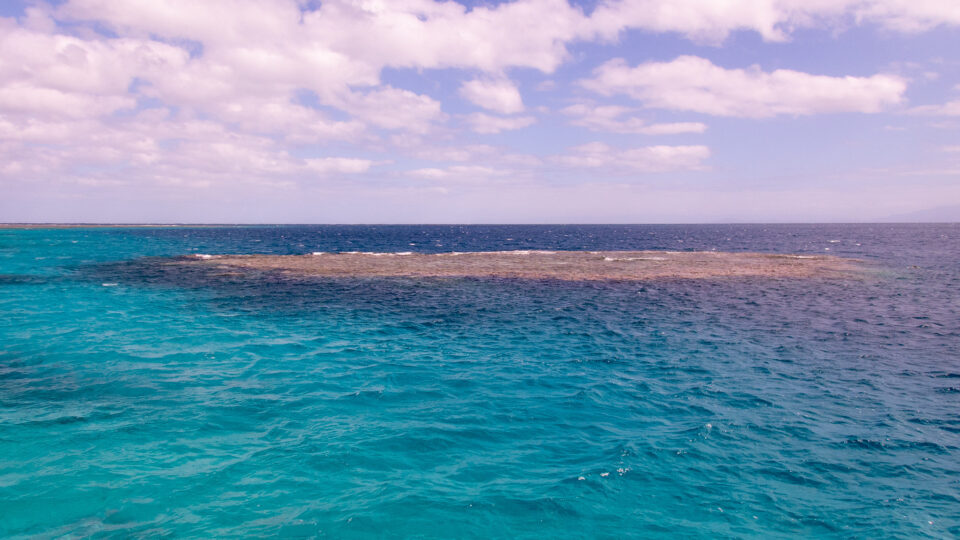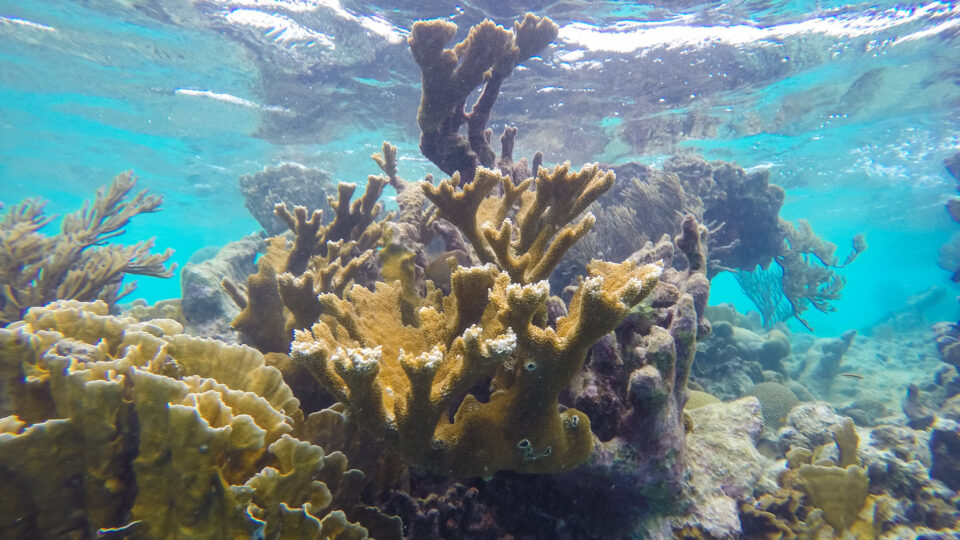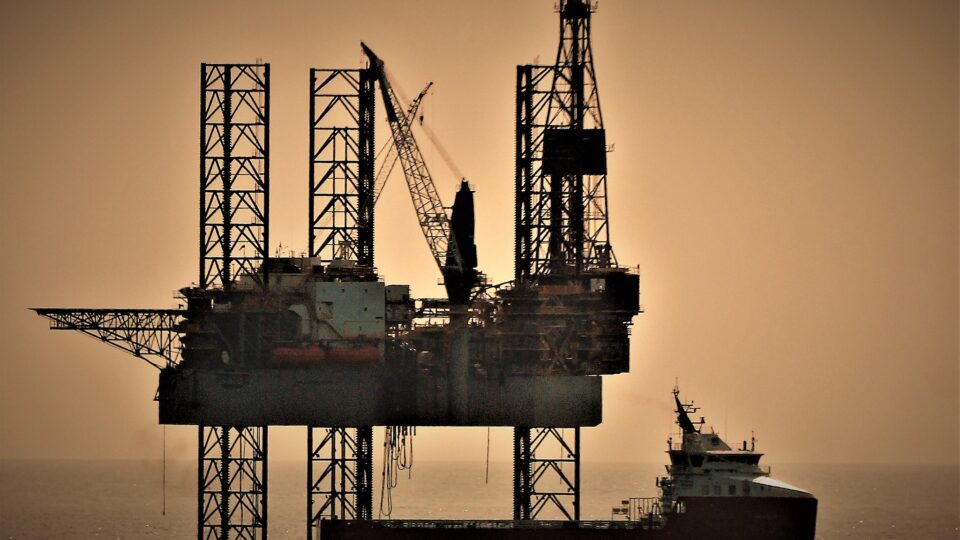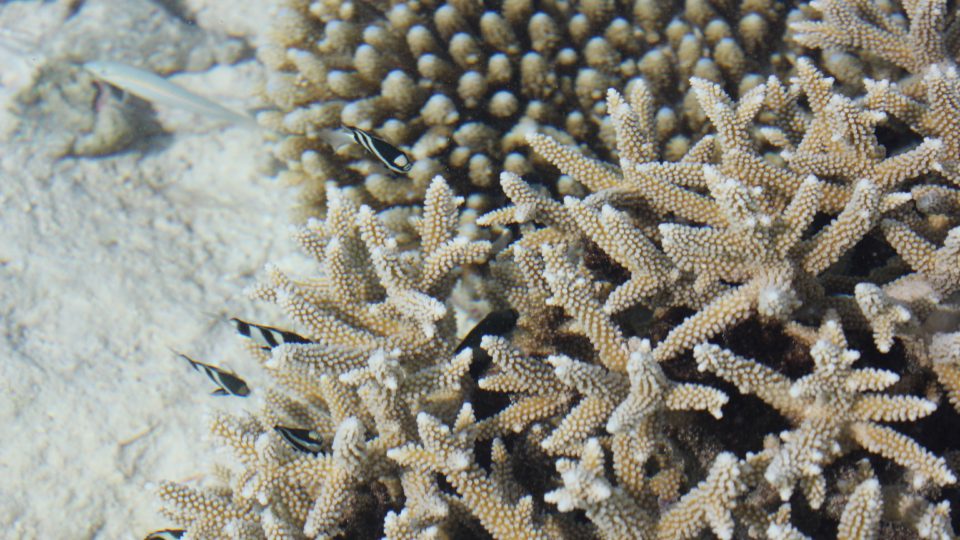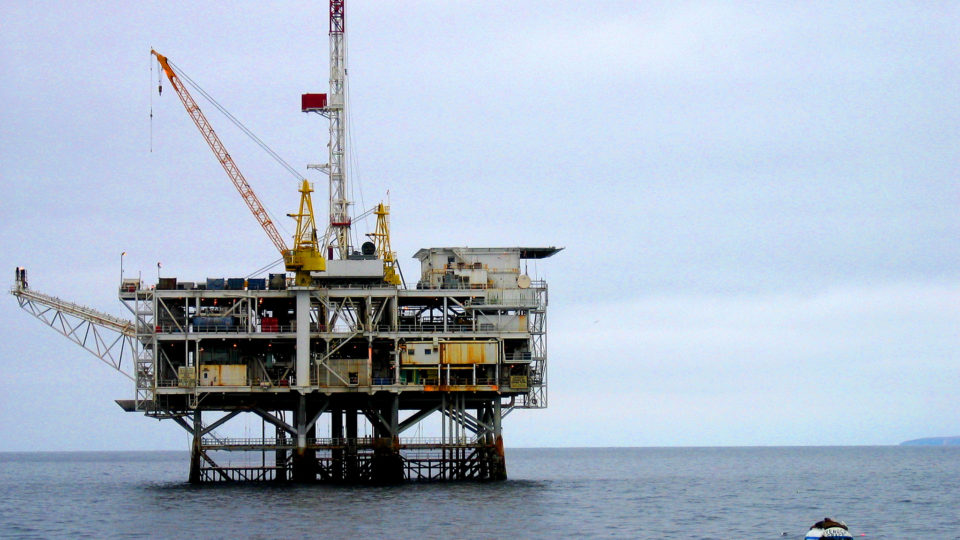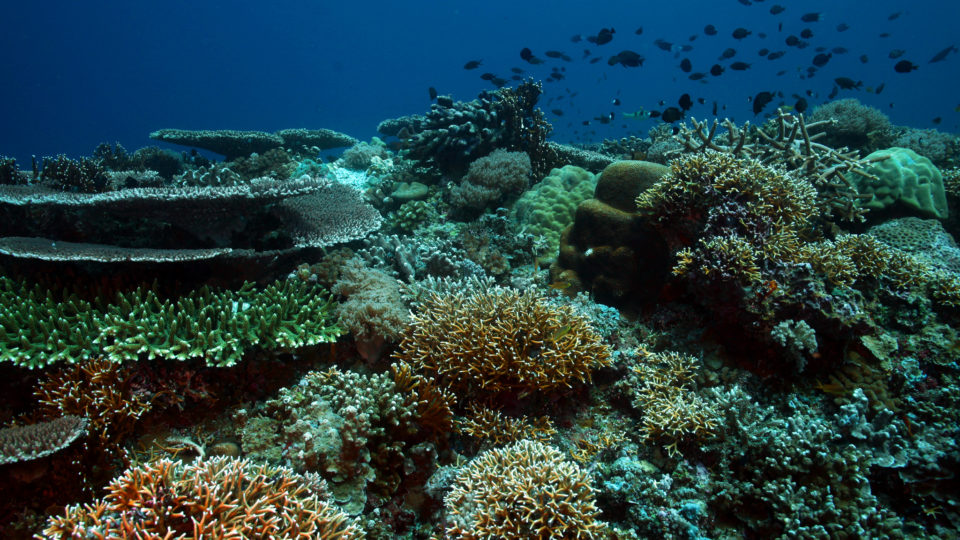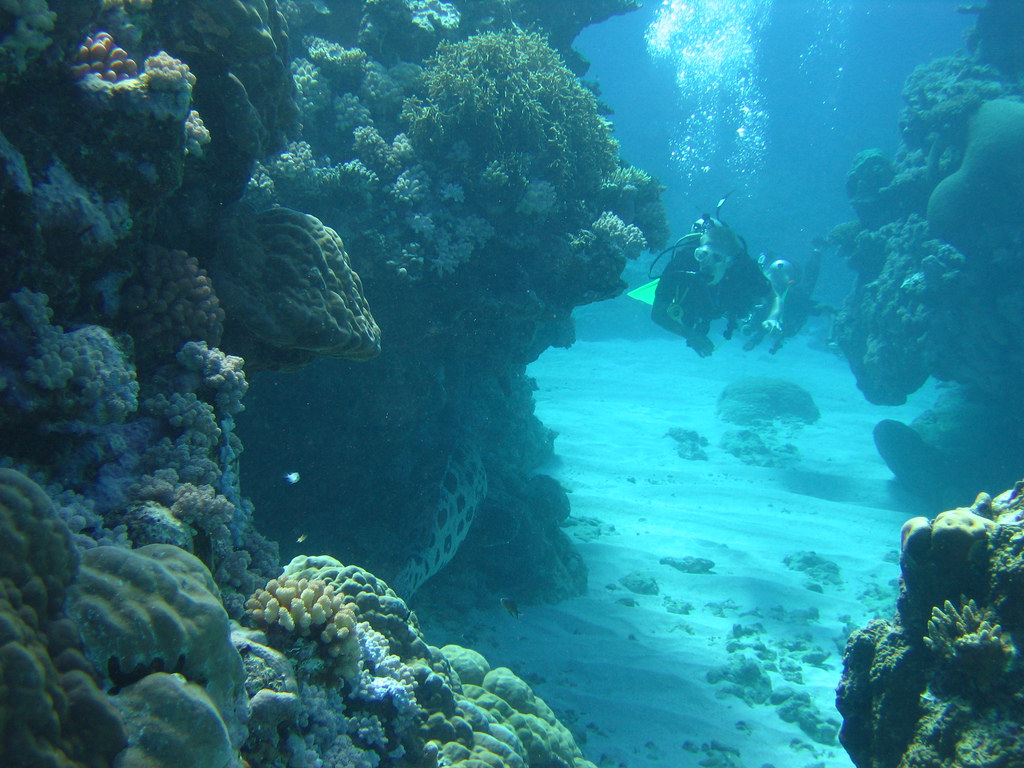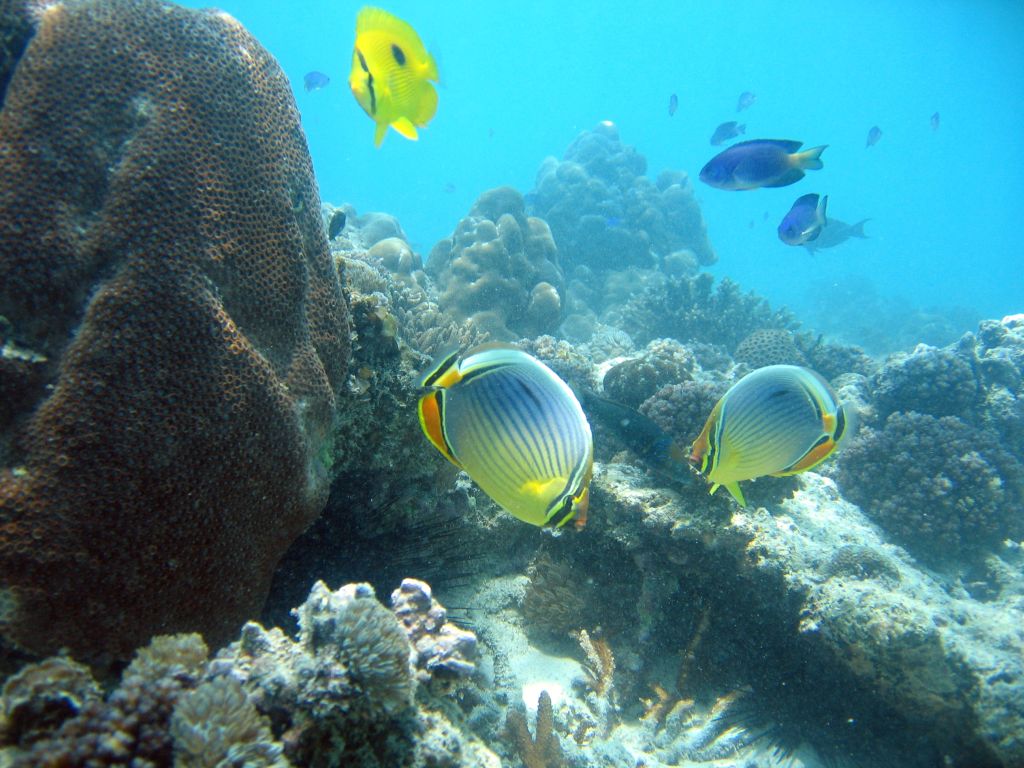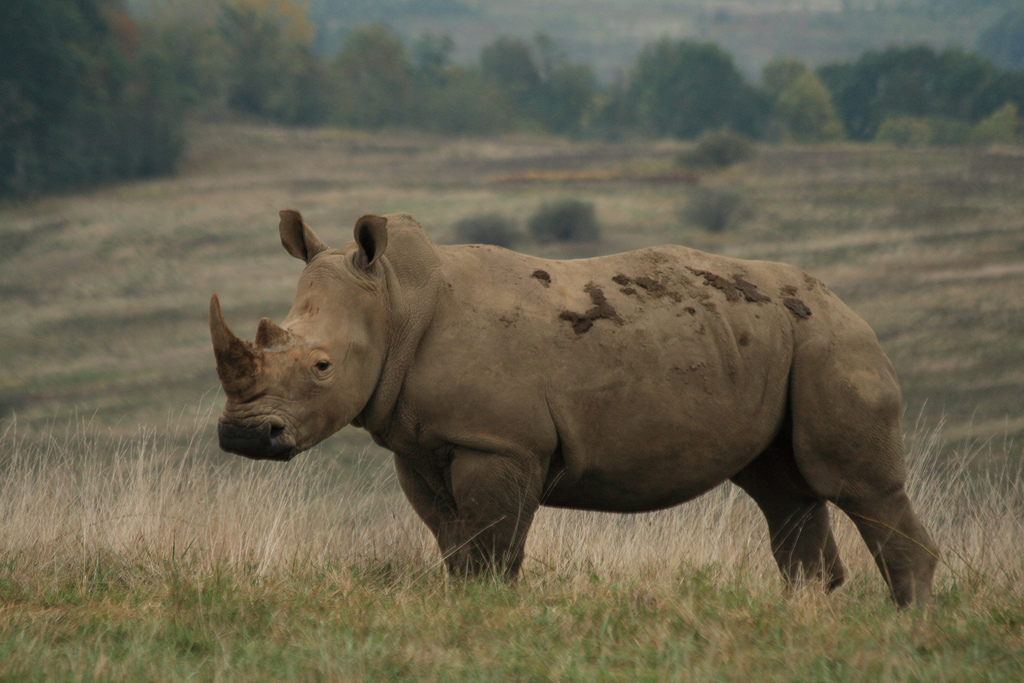It seems like there has been nothing but dire news from Australia’s Great Barrier Reef. Earlier this year, there was yet another mass bleaching event – the fourth in seven years and the first ever to strike during a cooler La Niña phase in the Pacific. But this bleaching event was less severe than other recent ones, which makes it possible for parts of the reef to bounce back.
In particular, in the northern and central stretches of the reef, scientists have recorded the most extensive coral cover seen in 36 years of study. In areas where coral cover has expanded, it is mostly fast-growing Acropora corals driving the growth. That isn’t the best outcome, given that Acropora are particularly vulnerable to strong waves, highly susceptible to bleaching, and are the preferred target of crown-of-thorns starfish.
Those creatures are a major problem for the Great Barrier Reef. In contrast to the upper stretches of the reef, the southern third actually saw coral cover drop from 38 to 34 percent over the course of the past year. Scientists blame the decline on an outbreak of crown-of-thorns starfish, which prey on corals. The starfish grow faster and eat more in warmer, more acidic waters. Carbon emissions are both raising ocean temperatures and turning waters more acidic.
The large increases in hard coral cover in the reef are certainly good news, but it is important to understand that they can be quickly negated by disturbance on reefs where Acropora corals predominate. Warming temperatures and mass bleaching events continue to pose a critical threat to all reefs, especially when there are crown-of-thorns starfish outbreaks and increasing frequency of tropical cyclones.
**********
Web Links
Parts of Great Barrier Reef See Most Extensive Coral Cover In 36 Years
Photo, posted July 15, 2019, courtesy of Kenneth Lu via Flickr.
Earth Wise is a production of WAMC Northeast Public Radio.
